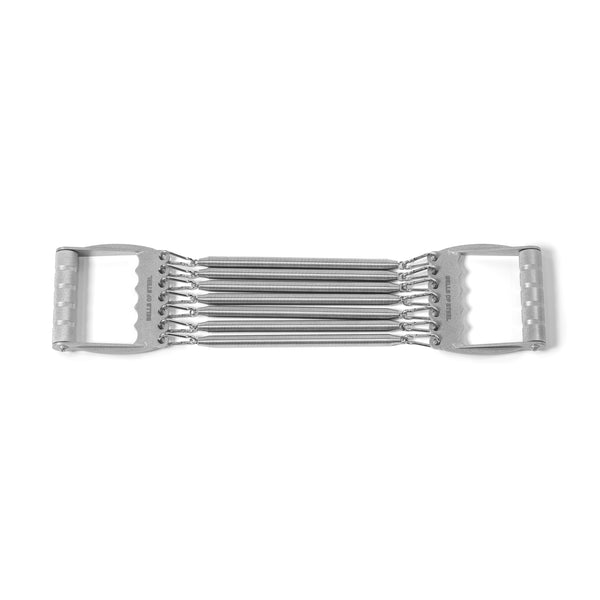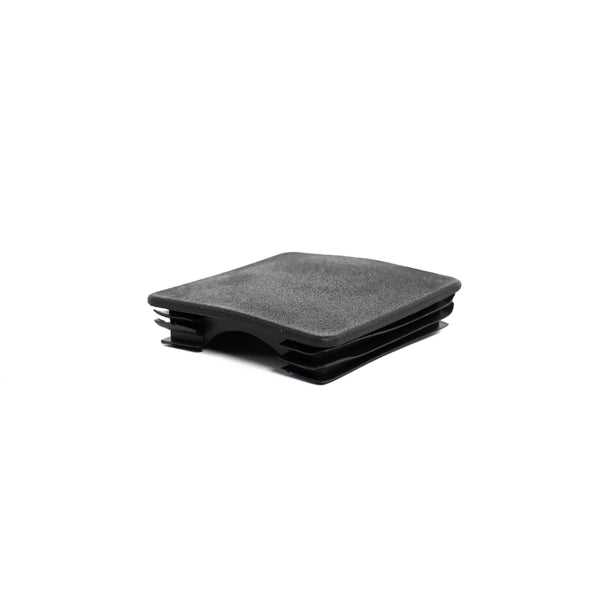If you’ve ever wondered exactly what muscles a chest expander targets, you’re in the right place. This versatile tool might look simple, but it’s a powerhouse when it comes to working various muscle groups. We’ll break down the key muscles worked by the chest expander, and show you which exercises target each group. So, grab your chest expander, and let’s flex our knowledge muscles!
Chest Muscles
Pectoralis Major and Minor
The pectoralis major is the large, fan-shaped muscle covering most of your chest, while the pectoralis minor sits just beneath it. These muscles are responsible for moving your shoulder joint, allowing you to push, lift, and bring your arms together.
Exercises:
- Chest Fly: This classic move focuses on the pectoralis major, working the muscle as you bring your arms together and stretch them apart. It’s a go-to exercise for building chest strength and definition.
Back Muscles
Latissimus Dorsi
The latissimus dorsi, or "lats," are the broad, flat muscles that cover the middle and lower back. They’re responsible for a range of movements, including pulling your arms down and back, as well as rotating your shoulders.
Exercises:
- Single Arm Row: This exercise hones in on the lats, helping to build a strong, stable back. As you pull the expander handle towards your waist, your lats contract, providing that powerful pulling motion.
Rhomboids
The rhomboids are small muscles located between your shoulder blades. They’re key players in retracting your scapula (pulling your shoulder blades together) and play a big role in good posture.
Exercises:
- Seated Dual Arm Row: This exercise engages the rhomboids as you pull the handles towards you, helping to strengthen the upper back and improve posture.
- Reverse Fly: Another great move for the rhomboids, the reverse fly works these muscles as you pull the handles apart and squeeze your shoulder blades together.
Shoulder Muscles
Deltoids
The deltoids are the rounded muscles at the top of your arms, responsible for moving your shoulders in multiple directions. They have three heads—anterior (front), lateral (middle), and posterior (rear)—each playing a role in arm movement and stability.
Exercises:
- Single Arm Front Raise: This exercise zeroes in on the anterior deltoid, lifting your arm in front of you to shoulder height. It’s a key move for building the front of your shoulder.
- Single Arm Overhead Press: This move primarily targets the anterior and lateral deltoids, pushing your arm overhead to build shoulder strength and stability.
- Reverse Fly: The reverse fly not only works the rhomboids but also targets the posterior deltoid, helping to round out your shoulder development.
Arm Muscles
Biceps Brachii
The biceps are the well-known muscles on the front of your upper arm. They’re responsible for flexing your elbow and rotating your forearm, playing a crucial role in pulling movements.
Exercises:
- Single Arm Bicep Curl: This classic exercise targets the biceps directly, helping to build those “guns” by curling the handle up towards your shoulder.
Triceps Brachii
The triceps are the muscles on the back of your upper arm, responsible for extending your elbow. They play a key role in pushing movements and help stabilize your shoulder.
Exercises:
- Single Arm Tricep Pushdown: This exercise isolates the triceps, allowing you to focus on extending your arm and building strength in the back of your upper arm.



